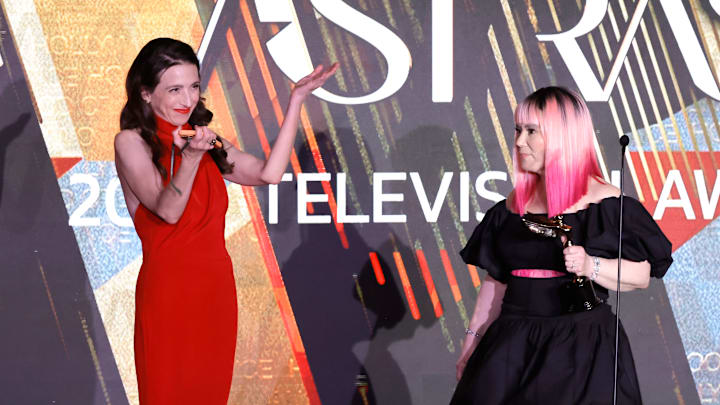The Influence of Movies on Fashion: Shaping Our Style Choices

Fashion and film have a long-standing relationship, with movies often serving as a powerful catalyst for style trends. From classic Hollywood glamour to contemporary blockbusters, the way characters are dressed can have a profound impact on how audiences perceive fashion and style. This influence shapes not only individual wardrobes but also broader cultural trends, making movies a significant force in the evolution of fashion.
One of the most iconic examples of film influencing fashion is the “Little Black Dress” popularized by Audrey Hepburn in "Breakfast at Tiffany's." Hepburn's elegant portrayal set a standard for timeless sophistication, inspiring countless women to adopt similar styles. This film moment not only defined a look but also reinforced the idea that a single garment could embody both simplicity and elegance, solidifying the LBD as a wardrobe staple.
Similarly, the 1980s and 1990s saw a wave of films that transformed fashion trends. Movies like "Flashdance" and "Dirty Dancing" introduced bold, athletic styles and emphasized casual wear, leading to the popularity of leg warmers, off-the-shoulder tops, and high-waisted jeans. These films captured the spirit of the times and influenced how people dressed in everyday life, reflecting a shift towards more relaxed, expressive styles.
In recent years, films like "The Devil Wears Prada" have highlighted the interplay between fashion and professional identity. The film’s portrayal of high fashion, coupled with the character of Miranda Priestly, emphasized the importance of appearance in the corporate world. This has led many viewers to reassess their work attire, adopting more polished and fashion-forward looks in professional settings.
The rise of social media has further amplified the influence of film on fashion. Characters from popular series and films often become style icons, inspiring fans to recreate their looks. Platforms like Instagram and TikTok allow for the rapid dissemination of these trends, leading to viral fashion moments and the emergence of micro-trends. For example, the aesthetic of characters from shows like "Bridgerton" has sparked a renewed interest in Regency-era fashion, with corsets, puffed sleeves, and vintage-inspired pieces making their way into modern wardrobes.
Moreover, films often highlight diversity in fashion, showcasing styles from various cultures and communities. This representation encourages viewers to embrace eclectic influences in their own wardrobes, fostering a more inclusive approach to personal style. Movies like "Black Panther" not only celebrate African heritage through fashion but also inspire audiences worldwide to explore and appreciate different cultural aesthetics.
In conclusion, the relationship between fashion and film is a dynamic and influential one. Movies shape our style choices by introducing iconic looks, reflecting cultural shifts, and inspiring individual creativity. As we continue to engage with cinema, the styles portrayed on screen will undoubtedly continue to influence how we express ourselves through fashion, making film an enduring source of inspiration in our wardrobes.